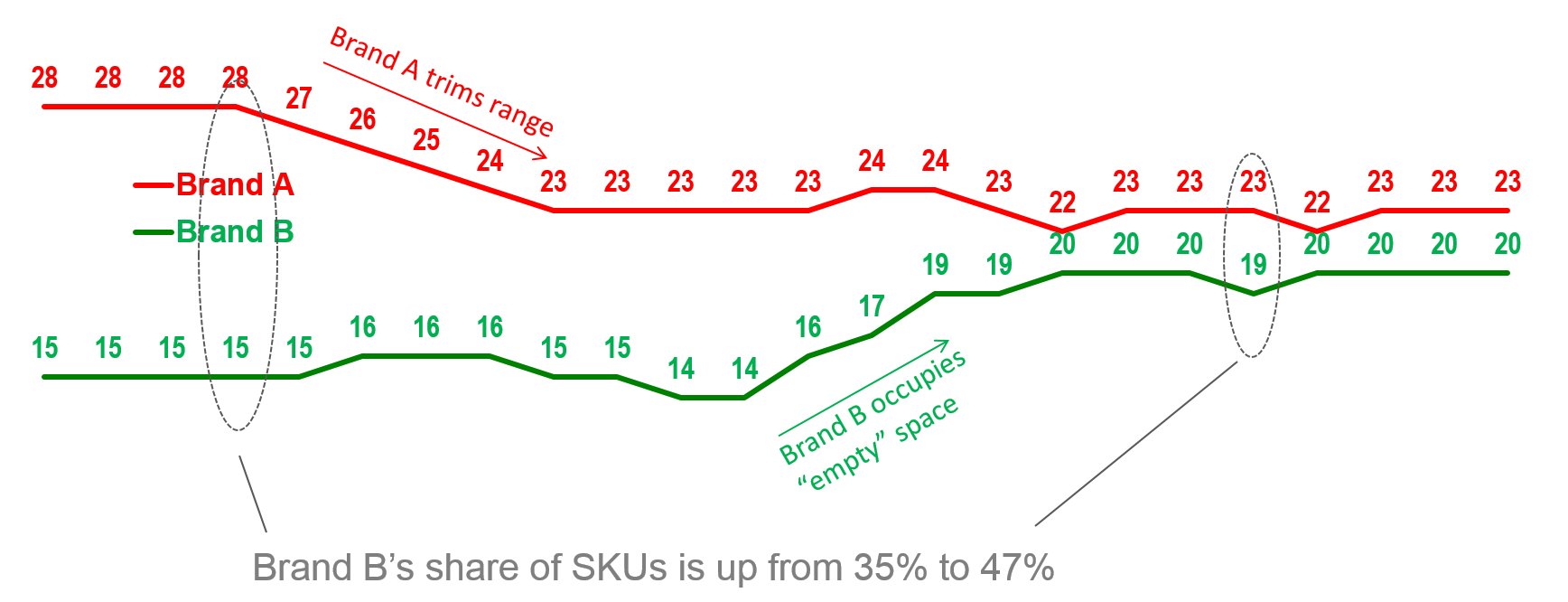
Exhibit 31.3 Average number of items (SKUs) of cat food in
supermarket over a period of two years (monthly data).
While delivering a presentation to a cat food
manufacturer, I observed the interesting trend depicted in
Exhibit 31.3. As part of
a cost-cutting initiative, the client’s brand A reduced the number of Stock Keeping
Units (SKUs) from 28 to 22. In response, the retailer began sourcing additional items from a
competitor, resulting in an expansion of brand B’s range from 15 to 20 variants.
This shift led to very substantial sales gains for brand B. A year-by-year
comparison revealed a 30% growth for brand B, whereas brand A’s volume dipped by about 2%,
and its market share fell from 42% to 38%.
Cat food is one among a number of categories where a brand’s share of space has a
strong bearing on market share. The marketing team of brand A informed me that
cats, unlike dogs, are notoriously finicky eaters. Given the decline in volume and significant
loss in market share, it becomes difficult to envision any positive outcomes for brand A.
Furthermore, by trimming its range, brand A inadvertently yielded considerable competitive
advantage to brand B.
The battle for shelf space stems from the relationship between share of space, share
of mind, and share of sales. By expanding its range on the shelf, a brand is able to offer
consumers greater choice. The increase in facings to accommodate the additional items leads to
increased visibility i.e., greater mind space. Moreover, the incremental shelf space must be
relinquished by other brands. As a result of these factors the brand usually gains market share.
In this battle, while the temptation to grab more space may exist, it is important to
note that each item within a brand’s range must earn its place on the shelf. Failure to do so can
erode both the retailer’s and the manufacturer’s margins, and negatively impact the brand’s
reputation. Ultimately, underperforming items face the risk of being delisted.